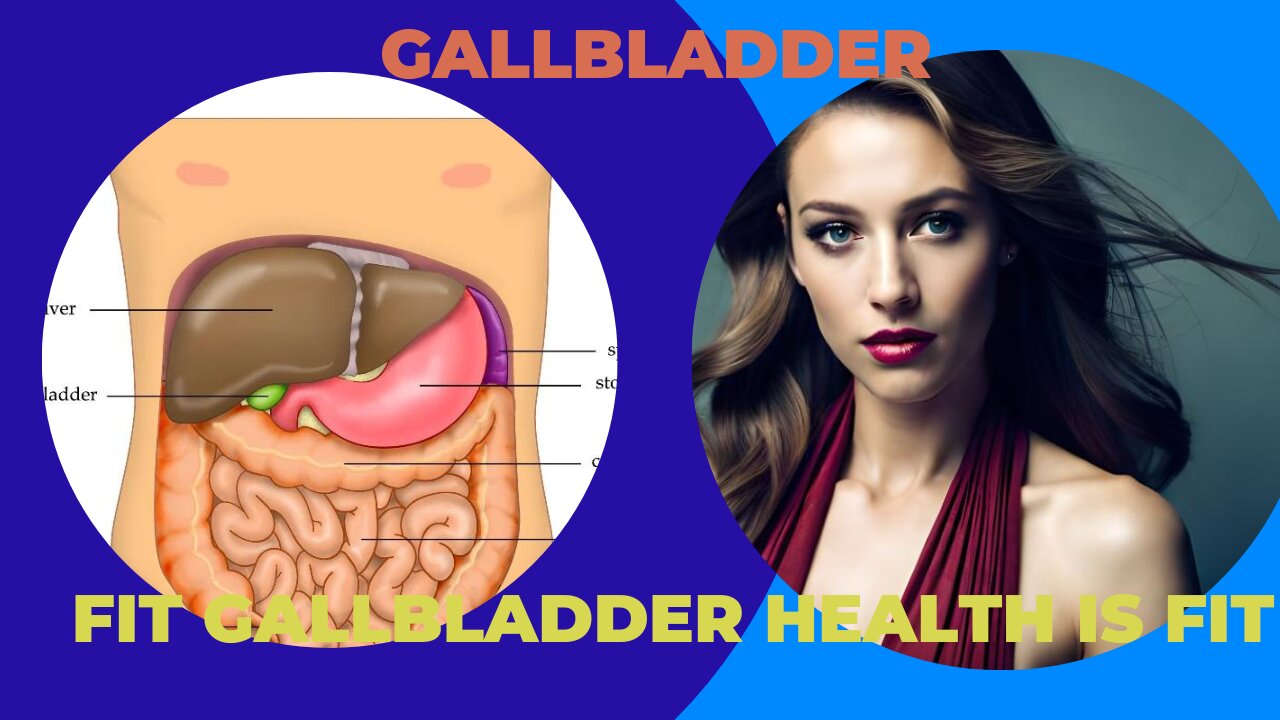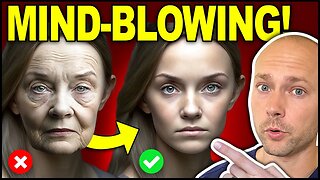Premium Only Content

Gallbladder Function Animation
View other drafts
Your gallbladder is a small, pear-shaped organ located under your liver. It stores bile, a yellow-green liquid that helps your body digest fats.
When you eat fatty foods, your gallbladder contracts and releases bile into the small intestine. Bile helps to break down fats into smaller droplets, which can then be absorbed by the body.
The gallbladder also helps to regulate the flow of bile into the small intestine. This helps to ensure that there is enough bile available to digest fats, but not too much, which could cause diarrhea.
The gallbladder is an important part of the digestive system, and it plays a vital role in helping us to digest fats. Without a gallbladder, we would have difficulty digesting fatty foods, and we would be at risk of nutrient deficiencies.
Here are some of the specific functions of the gallbladder:
Stores bile: The gallbladder stores bile, which is a liquid produced by the liver that helps to digest fats.
Releasing bile: When you eat fatty foods, the gallbladder contracts and releases bile into the small intestine.
Breaking down fats: Bile helps to break down fats into smaller droplets, which can then be absorbed by the body.
Regulating bile flow: The gallbladder helps to regulate the flow of bile into the small intestine.
If you have any problems with your gallbladder, such as gallstones, it can affect your ability to digest fats. This can lead to symptoms such as abdominal pain, nausea, and vomiting.
If you think you may have a gallbladder problem, be sure to see your doctor for diagnosis and treatment.
-
 12:17
12:17
Professor Gerdes Explains 🇺🇦
6 hours agoKirk's Death Ignites a Battle for America's Soul
15 -
 1:12:14
1:12:14
The Officer Tatum
3 hours agoCharlie Kirk Investigation, Kamala Harris RETURNS To Spotlight + More | EP 174
16.8K47 -
 2:10:29
2:10:29
Pop Culture Crisis
4 hours agoJimmy Kimmel's Return FOILED, YouTube ADMITS Censorship, Sabrina Carpenter HATES America | Ep. 921
10.9K2 -
 LIVE
LIVE
LFA TV
19 hours agoBREAKING NEWS ALL DAY! | TUESDAY 9/23/25
1,072 watching -
 LIVE
LIVE
freecastle
6 hours agoTAKE UP YOUR CROSS- Fighting for What Is RIGHT | Calibrating the Moral Compass
117 watching -
 1:04:49
1:04:49
vivafrei
5 hours agoOstriches on the Verge of Slaughter! Democrats Shill for Tylenol! Kimmel Wars & MORE!
168K42 -
 1:23:13
1:23:13
The Quartering
5 hours agoYoutube ADMITS Censorship & Will Restore Accounts, Liberals Vs Tylenol, Kimmel Pulled AGAIN!
160K50 -
 1:21:10
1:21:10
Awaken With JP
1 day agoJimmy Kimmel is back, Autism-phobia, Charlie Kirk's Memorial - LIES ep 109
59K36 -
 9:07
9:07
Dr. Nick Zyrowski
15 days agoWhat Collagen REALLY Does in Your Body
15.5K4 -
 4:25:06
4:25:06
Right Side Broadcasting Network
8 hours agoLIVE REPLAY: President Trump Participates in Bilateral Meetings in NYC - 9/23/25
82.9K20